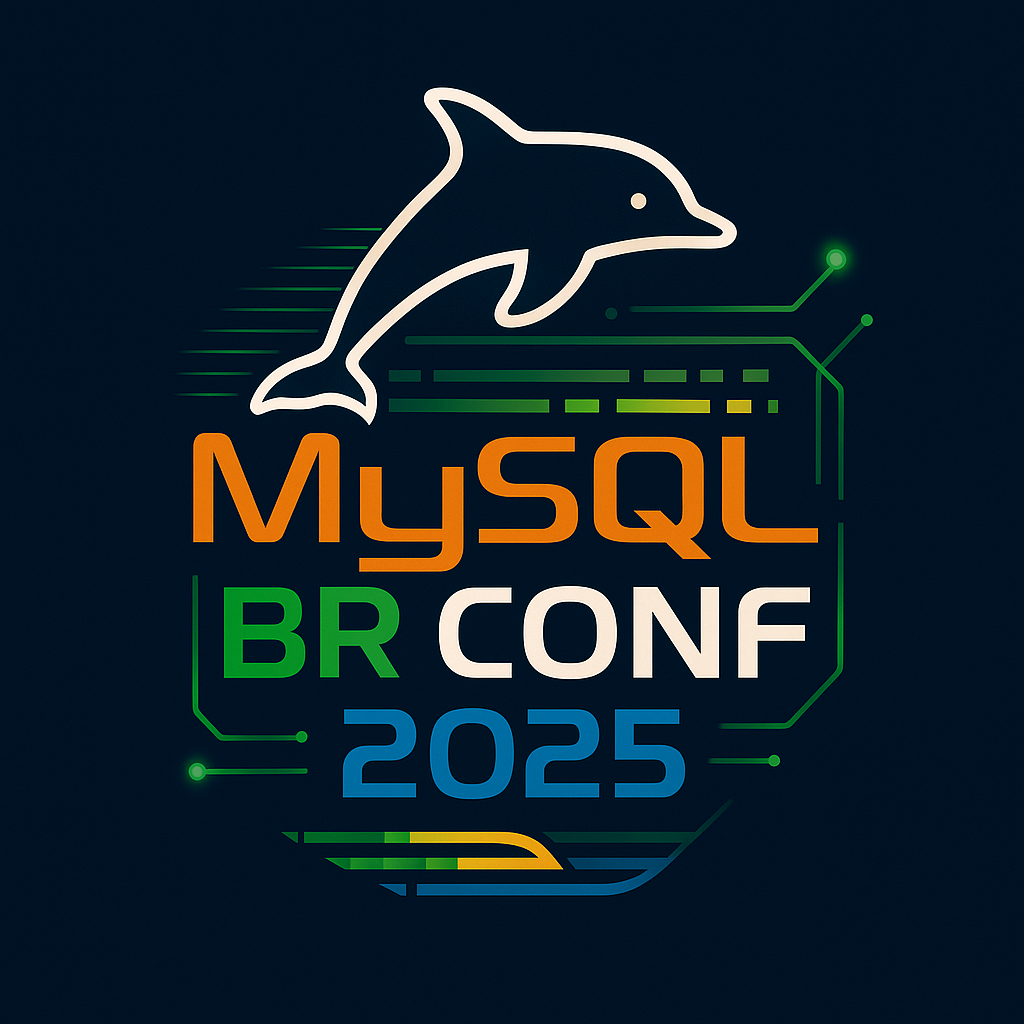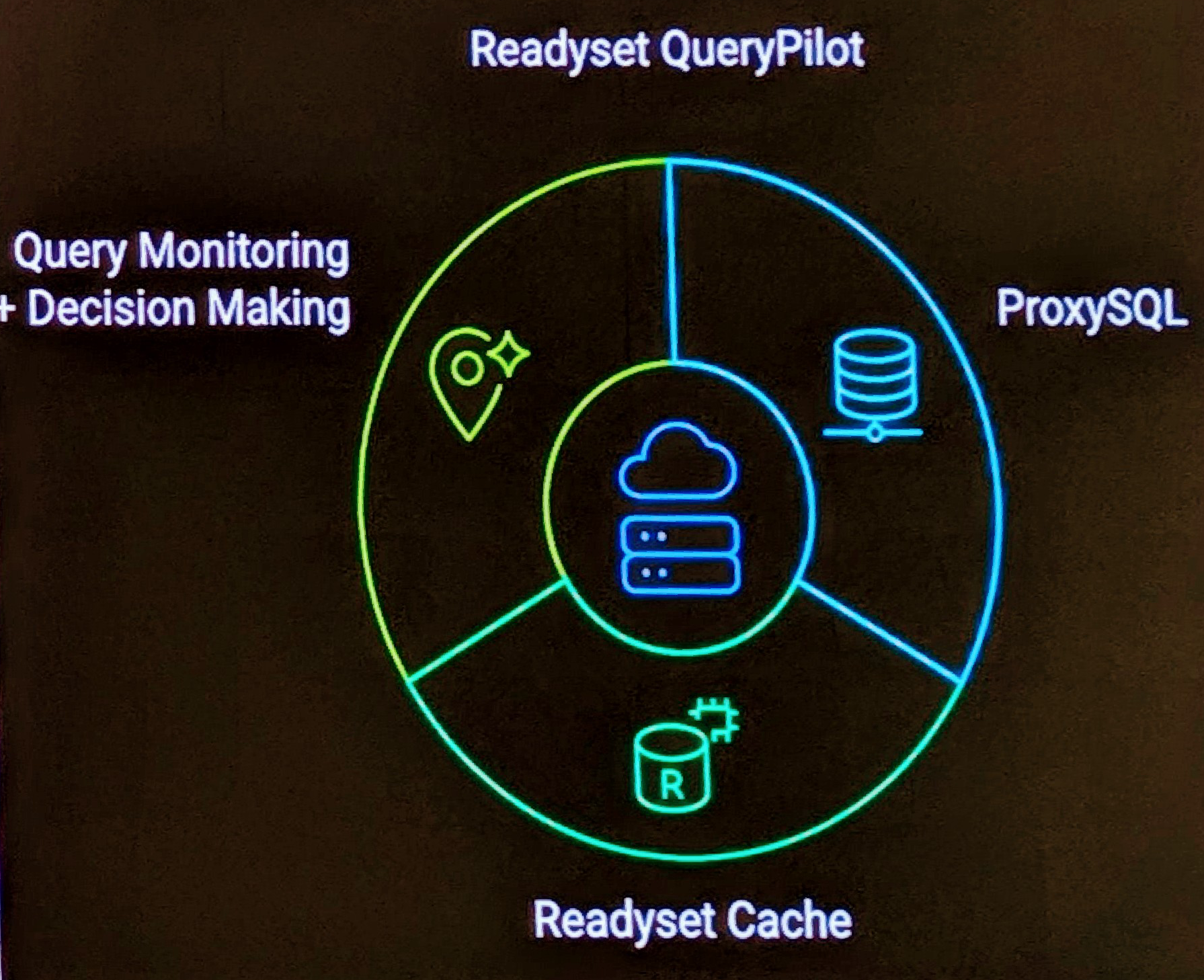Apache JMeter is a 100% pure Java desktop application designed to load test functional behavior and measure performance. It was originally designed for testing Web Applications but has since expanded to other test functions. Specifically it provides complete support for database testing via JDBC.
Some References: Homepage http://jakarta.apache.org/jmeter/ · Wiki Page · User Manual
Initial Installation Steps
<br /> $ su -<br /> $ cd /opt<br /> $ wget http://apache.planetmirror.com.au/dist/jakarta/jmeter/binaries/jakarta-jmeter-2.1.1.tgz<br /> $ wget http://apache.planetmirror.com.au/dist/jakarta/jmeter/source/jakarta-jmeter-2.1.1_src.tgz<br /> $ tar xvfz jakarta-jmeter-2.1.1.tgz<br /> $ tar xvfz jakarta-jmeter-2.1.1_src.tgz<br /> $ ln -s jakarta-jmeter-2.1.1 jmeter<br /> $ echo "PATH=/opt/jmeter/bin:$PATH;export PATH" > /etc/profile.d/jmeter.sh<br /> $ . /etc/profile.d/jmeter.sh<br /> $ jmeter &<br />
Adding MySQL Support
<br /> cd /tmp<br /> wget http://dev.mysql.com/get/Downloads/Connector-J/mysql-connector-java-3.1.12.tar.gz/from/http://mysql.planetmirror.com/<br /> tar xvfz mysql-connector-java-3.1.12.tar.gz<br /> cp mysql-connector-java-3.1.12/mysql-connector-java-3.1.12-bin.jar /opt/jakarta-jmeter-2.1.1/lib/<br />
Steps to perform simple MySQL JDBC Test.
- Launch JMeter
- Add a new Thread Group (using right click)
- Define Thread Settings (no messing around 3 threads x 1000 iterations)
- Add a Sampler JDBC Request
- Add initial sample SQL query
- Add a JDBC Connection Configuration
- Define JDBC Connnection details (I’m using the sakila sample database at this time)
- Define a Results View
- Run the sucker
This is just a quick intro to prove it all works, There are quite a lot of reporting output possible, something for my next post.
Click on Image for a larger view.











